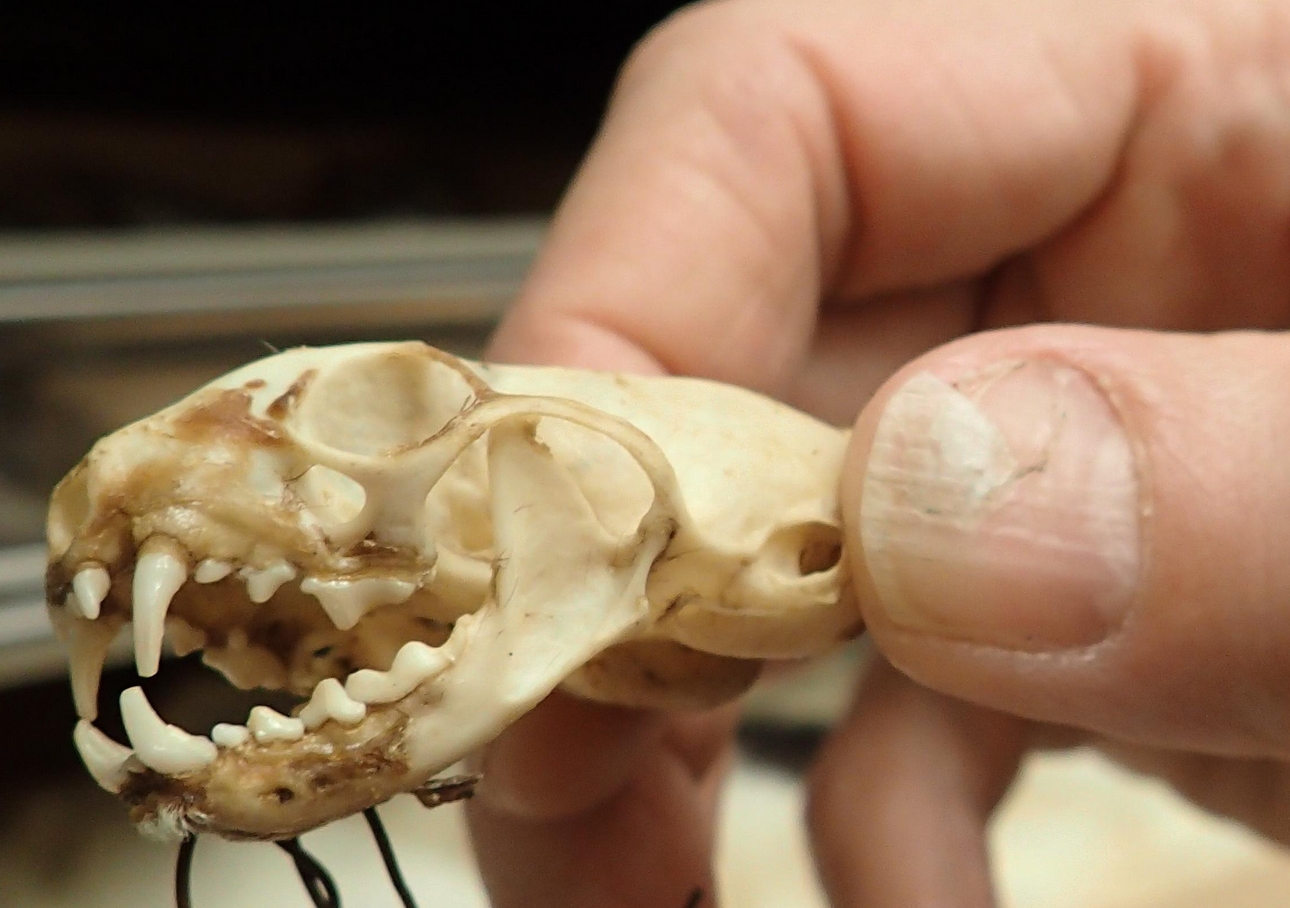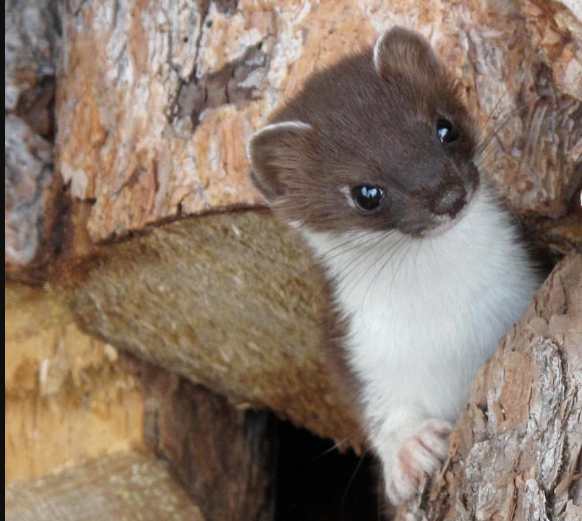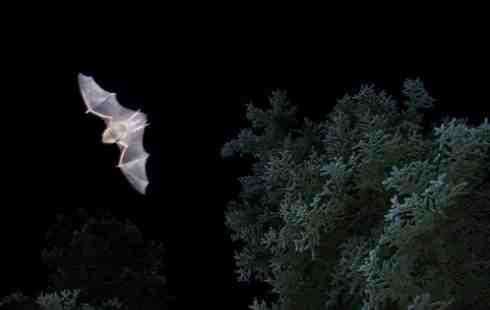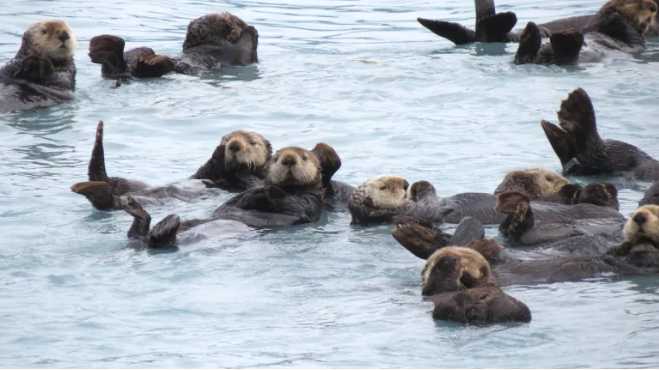
Weasel — Amitatuk
Amitatut naryartaakenka. – I used to trap weasels.
The short-tailed weasel (Mustela erminea), also known as an ermine, is one of only six land mammals indigenous to the Kodiak Archipelago. Biologists believe that weasels, along with bears, otters, foxes, voles, and bats, colonized Kodiak following the last major glaciation. Weasels probably migrated to Kodiak from the Alaska Peninsula or the Kenai Peninsula, before sea levels rose to their modern levels. However, they must have arrived after voles, because these mice-like rodents are the weasel’s primary source of food.
Alutiiq people trap weasels for their pelts. This small animal is coveted for its white winter fur, which fades to a chocolate brown in summer. Strips of weasel fur are still used to adorn traditional clothing. The tassels decorating a snow-falling parka and the bands of fur used in headdresses are some of the embellishments made of weasel fur.
Weasels are a favorite prey of children, who hunt them in the fall with deadfall traps. In the past, parents saved the skin from a boy’s first kill, presenting it to their community at a winter festival. The boy’s weasel, fox, or seal skin demonstrated his potential as a hunter and his upcoming passage into adulthood.
Listen to the podcast at the Alutiiq Museum website
[content id=”79272″]







